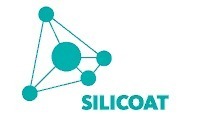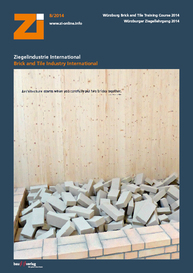Interim report on the European research project Silicoat
As already reported at the 2012/2013 Würzburg Brick and Tile Training Courses, this EU co-sponsored project is geared to reducing the workplace hazard of respirable crystalline silica. The approach pursued by the research institutes is to modify the surface of the silica such that its inhalation no longer presents a health hazard.
Laboratory studies conducted since then have shown that, at least in the porcelain, ceramic sanitaryware and ceramic tile sector, this does not impair the quality of the products, nor does it lead to extreme cost increases. The last rounds of tests intended to substantiate the method‘s practicability are presently being conducted at four participating mid-range factories.
As usual, current discourse on the dust problem is briefly reviewed in the light of the impending imposition of lower silica dust limits both in Germany and across Europe.
Martin Roth, Bundesverband der Deutschen Ziegelindustrie e.V.








